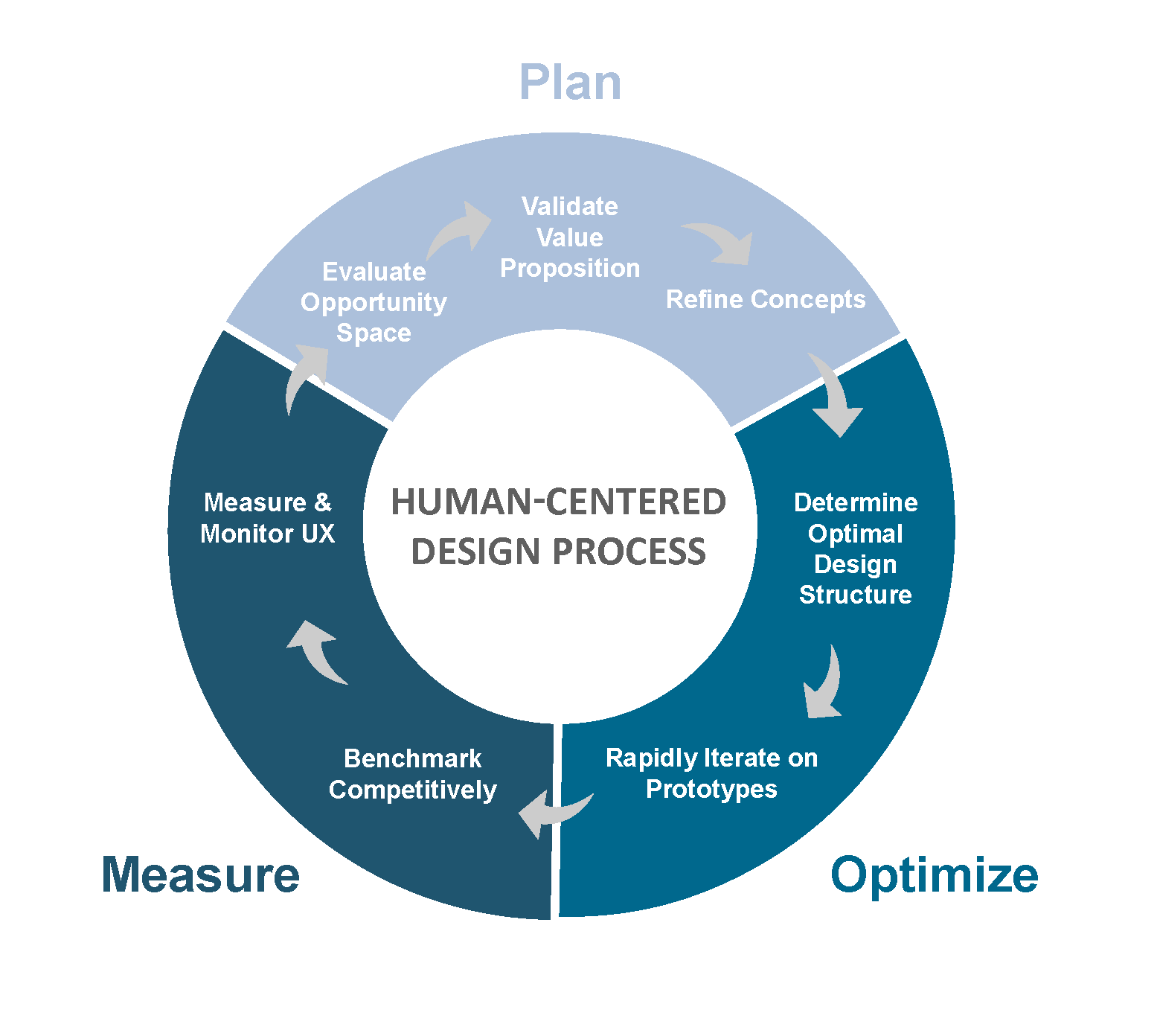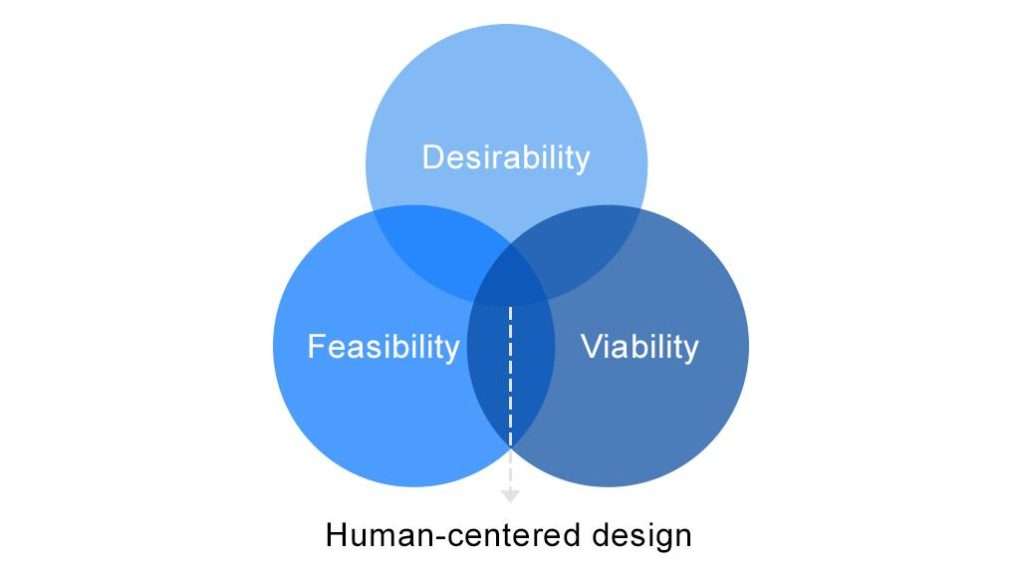Table Of Content

Build your UX career with a globally-recognised, industry-approved certification. Learn the full UX process, from research to design to prototyping. You'll now get the best career advice, industry insights and UX community content, direct to your inbox every month.
ISO 9241-110 Principles for Design
The first ones — created in the 1940s — required specialists to operate them in closed environments. By the 1980s, things had changed; A large portion of smaller computers were being used by people without specialist knowledge. The early Unix system Ed (for “Editor”), for example, did not prompt users to save their changes, causing many users to erase their work when turning off their computers.
Usability: The end goal
Indeed, the more our society becomes design-literate, the more efficiently we can respond to and solve the various complex issues we face today. Point of ViewAfter developing an understanding of human needs, the next step is to synthesize insights and define a point of view. Synthesis is the process of understanding how the insight gained through research translates into the features of a product or service. Human-centered design has been both lauded and criticised for its ability to actively solve problems with affected communities. Human-centered design is used to design efficient and usable products. However, Don Norman encourages designers to apply the principles of human-centered design to address large societal problems to ensure solutions meet the needs and experiences of people.
Entering transfer GPA (from WA community colleges):
Keep learning, keep iterating, and keep testing whenever possible to continue to improve the design. According to design firm IDEO, these are the six phases of the HCD process. Fresh insights from experts, alumni and the wider design community. Master content design and UX writing principles, from tone and style to writing for interfaces. Combine the UX Diploma with the UI Certificate to pursue a career as a product designer.
The foundational principle of Human-Centered Design is that you should truly understand the people who experience a problem before you design a solution to serve them. Empathy is about understanding the problem by immersing yourself in the community that will be affected by your design. This stage, and the design process as a whole, is about asking questions instead of making assumptions about why things are the way they are. Those who can adopt a “learner’s mindset” when approaching problems that affect other people will have the greatest success in creating solutions that make an impact. In the human-centered design process, the creators of products, customer journeys, and even policies immerse themselves in the lives and perspectives of real people.

Lexus has exhibited at Milan Design Week for almost 20 years, using the festival as a springboard to showcase various aspects of its design activities, from the Lexus Design Award to brand new vehicle concepts. This month, the company presented 'Time', an immersive art experience inspired by Lexus’s LF-ZC next generation battery electric vehicle concept. “Digital touchpoints and digital interactions are kind of below par. Customer feedback plays a vital role in improved service delivery, but agencies often overlook improving the experience of frontline federal employees, he said. Additionally, I would recommend 'Welcome To Your World' by Sarah Williams Goldhagen.
Get ready to explore the captivating realm of Human-Centered Design (HCD), where innovation merges seamlessly with empathy. This isn't your ordinary design approach – it's about understanding human needs deeply to craft remarkable user experiences. Join us on a journey to infuse your enterprise with the magic of HCD, creating products that resonate and forging connections that last.
Within Customer Insights
A partial meltdown of a power-station reactor had released dangerous radioactive material into the environment. The problem centered around, not the highly competent staff members, but the design of the control room itself. Contact us to discuss your unique design needs and discover how we can collaborate to create products that resonate with your audience. IDEO, the company that created the HCD Toolkit, later authored a book on the same topic to guide professionals. The Field Guide to Human-Centered Design is a step-by-step guide that will help you solve problems like a designer. Their market research discovered that their target customers were below 20 and were looking for a slimmer toothbrush.
Prototyping: Making ideas tangible
Putting Patients First Human-Centric Approaches In Digital Healthcare - Clinical Leader
Putting Patients First Human-Centric Approaches In Digital Healthcare.
Posted: Wed, 08 Nov 2023 08:00:00 GMT [source]
This should be a fluid, continuous process until all the participants are satisfied and a solution has been identified that truly addresses the problem. The cycles get shorter the further along you go and the more you practice using it. Human-centered design should be an essential part of your design and development process if you want your product to succeed. As we have already seen, human-centered design thinking allows for innovation, creativity, and sustainability of creative processes and workflows. We also noted that human-centered products tend to encourage more engagement, conversions, and growth capacity.
It is particularly important when testing that you are not trying to defend your solution. Your goal is to use your prototype as a way of learning more about the people you are designing for. Also known as Human-Centered Design, it is based on a philosophy that empowers an individual or team to design products, services, systems, and experiences that address the core needs of those who experience a problem.
It elevates the brand, creating a halo effect that augments consumer trust and brand equity. This low-fidelity representation of the final product serves as a test bed for ideas, allowing for inexpensive, rapid iterations. Unlike traditional design paradigms that are often fastidiously linear and compartmentalized, HCD adopts a more cyclical and integrated approach, systematically intertwining user research, ideation, prototyping, and evaluation. Use rapid prototyping to create interactive mock-ups, so that you can test and validate your design concept.
Their research led to a solution that took their “Acti-Brush” from number four back to number one. Our easy online application is free, and no special documentation is required. All applicants must be at least 18 years of age, proficient in English, and committed to learning and engaging with fellow participants throughout the program. The applications vary slightly from program to program, but all ask for some personal background information. If you are new to HBS Online, you will be required to set up an account before starting an application for the program of your choice.
His book “The Design of Everyday Things” is a masterful introduction to the importance of design in everyday objects. Over the years, his conviction in the larger role of design and designers to solve complex socio-technical problems has only increased. Design for a Better World with Don Norman is taught by cognitive psychologist and computer scientist Don Norman. Widely regarded as the father (and even the grandfather) of user experience, he is the former VP of the Advanced Technology Group at Apple and co-founder of the Nielsen Norman Group. Ben has a passion for blending design and writing into a cohesive product narrative.
That’s because design thinking involves designing solutions and products that are created to solve a problem. With design thinking, you’ll empathize with customers’ needs before coming up with solutions that can immediately be put into use. Human-centered design (HCD) is an approach to design that places real people at the center of problem-solving.
Addressing business KPIs and desired ROI is important, but at the level of in-app or on-site interaction, the focus should remain on the people using the product or service. Understanding their context and use cases are also essential to developing potential solutions that are appropriate and relevant for them and conducive to good business. Business models across industries are experiencing a drastic transformation due to novel advancements in technology as well as human service needs. As a result, there is a great need to place the user at the center of innovation, developing products and services aligned with human-centered design principles.

No comments:
Post a Comment